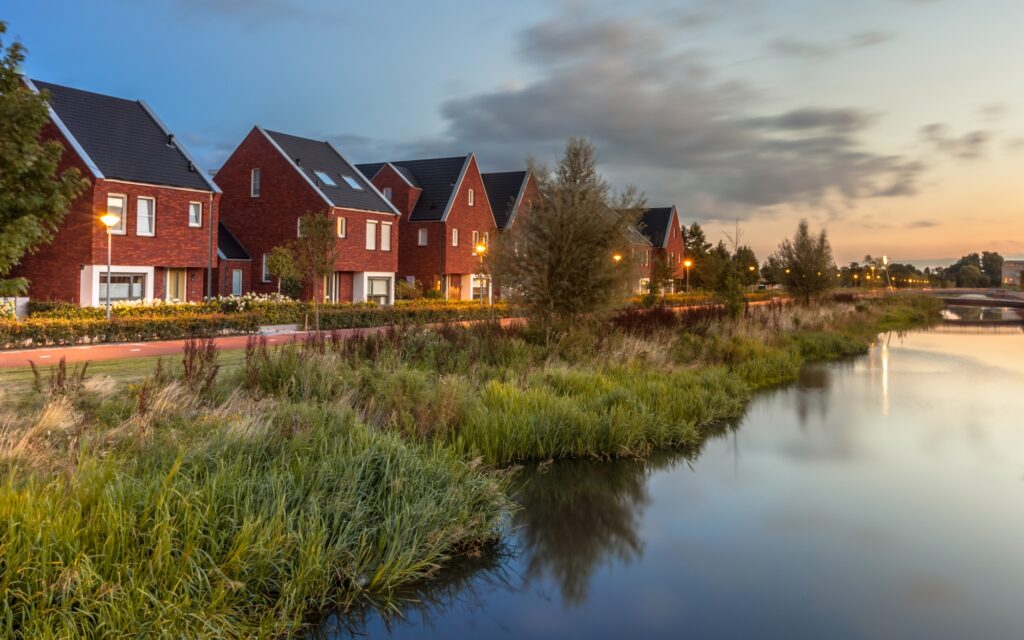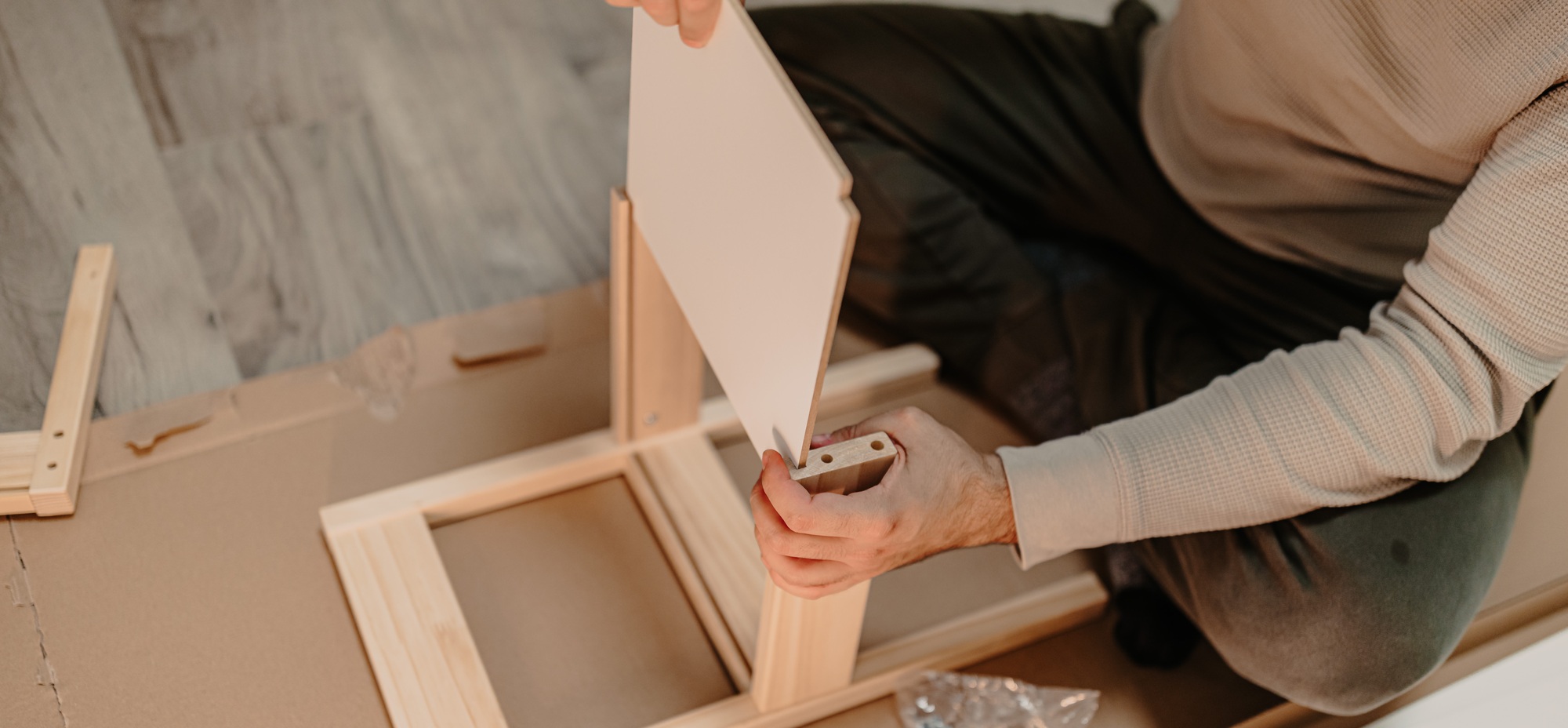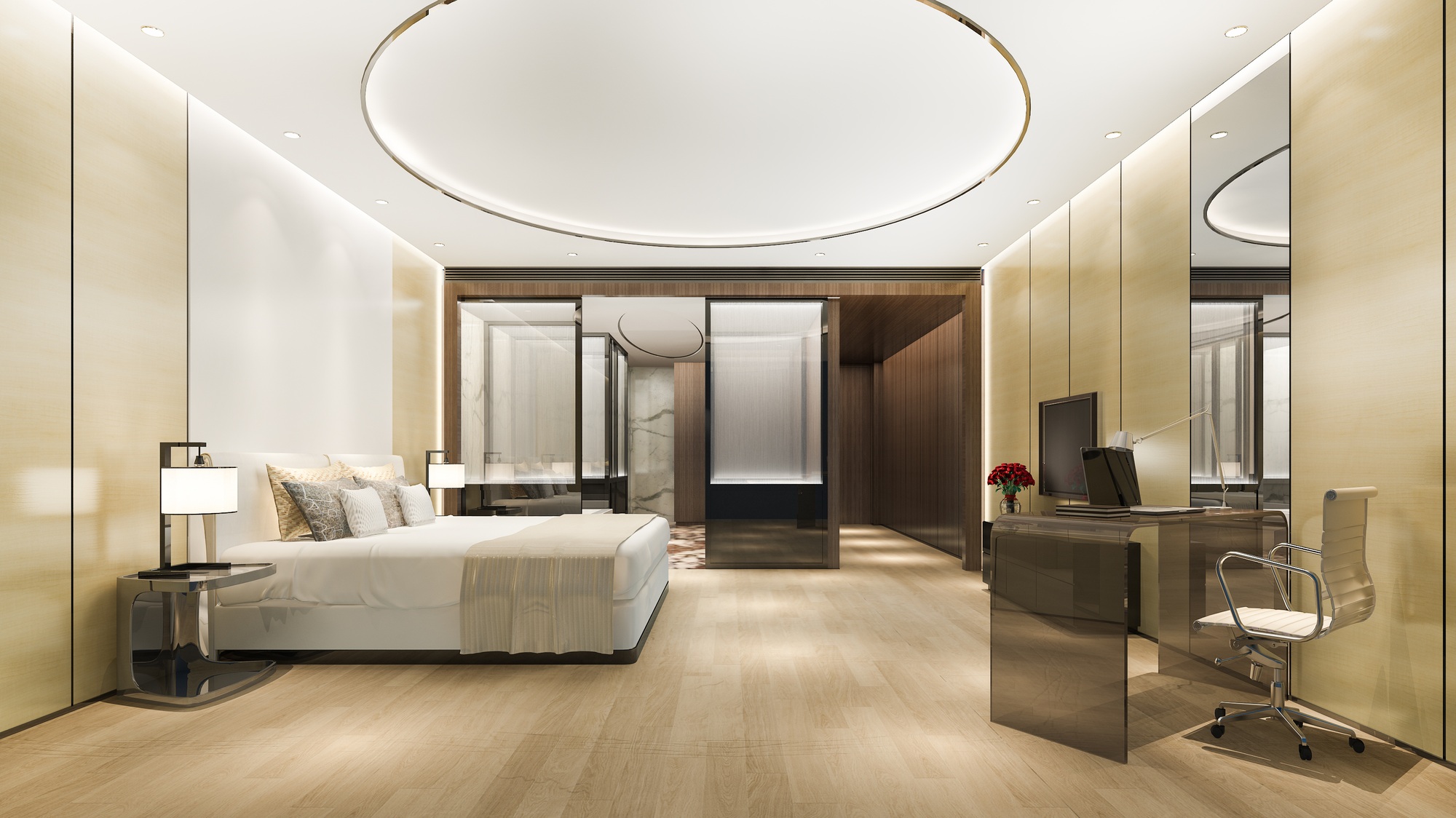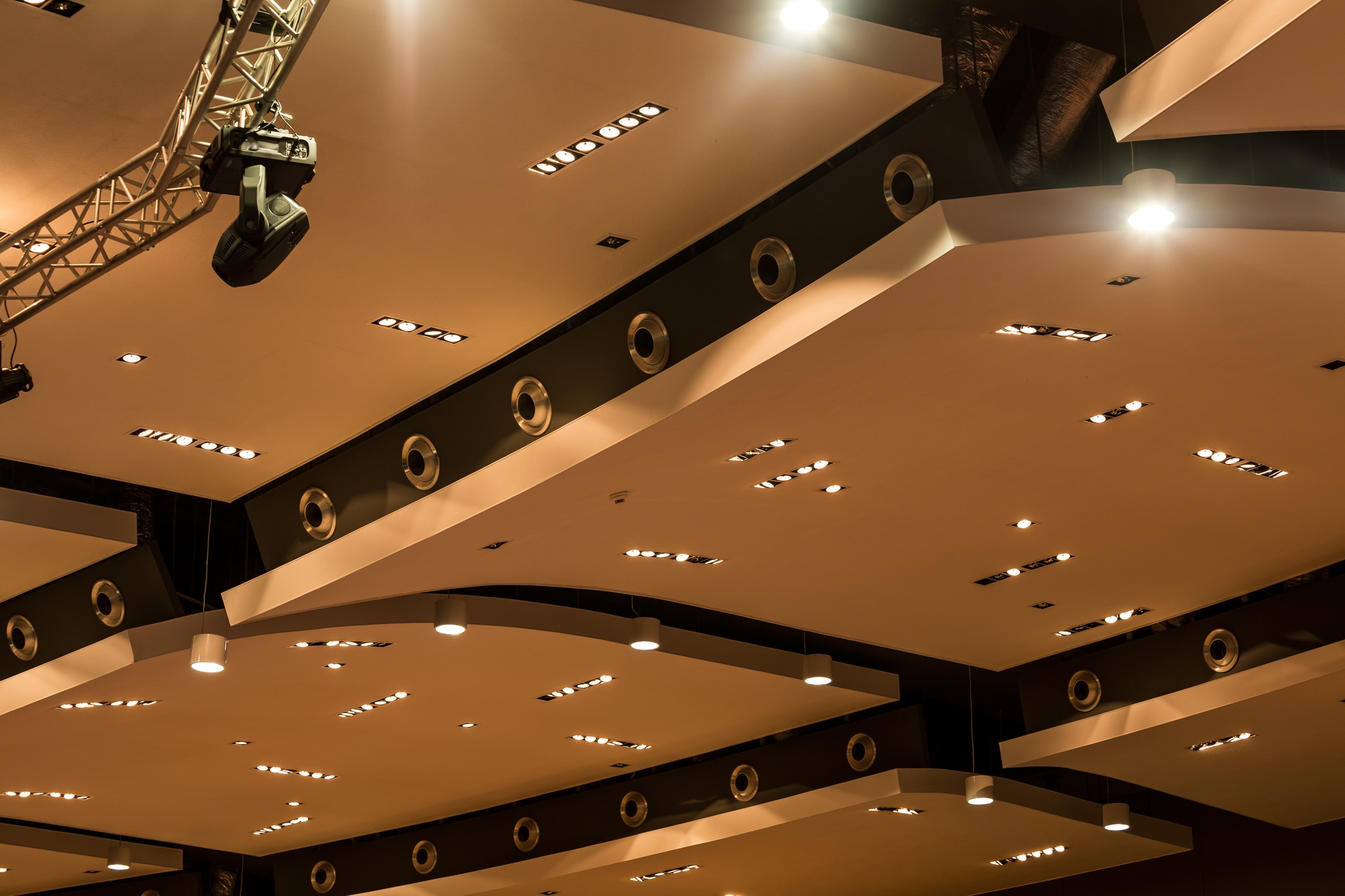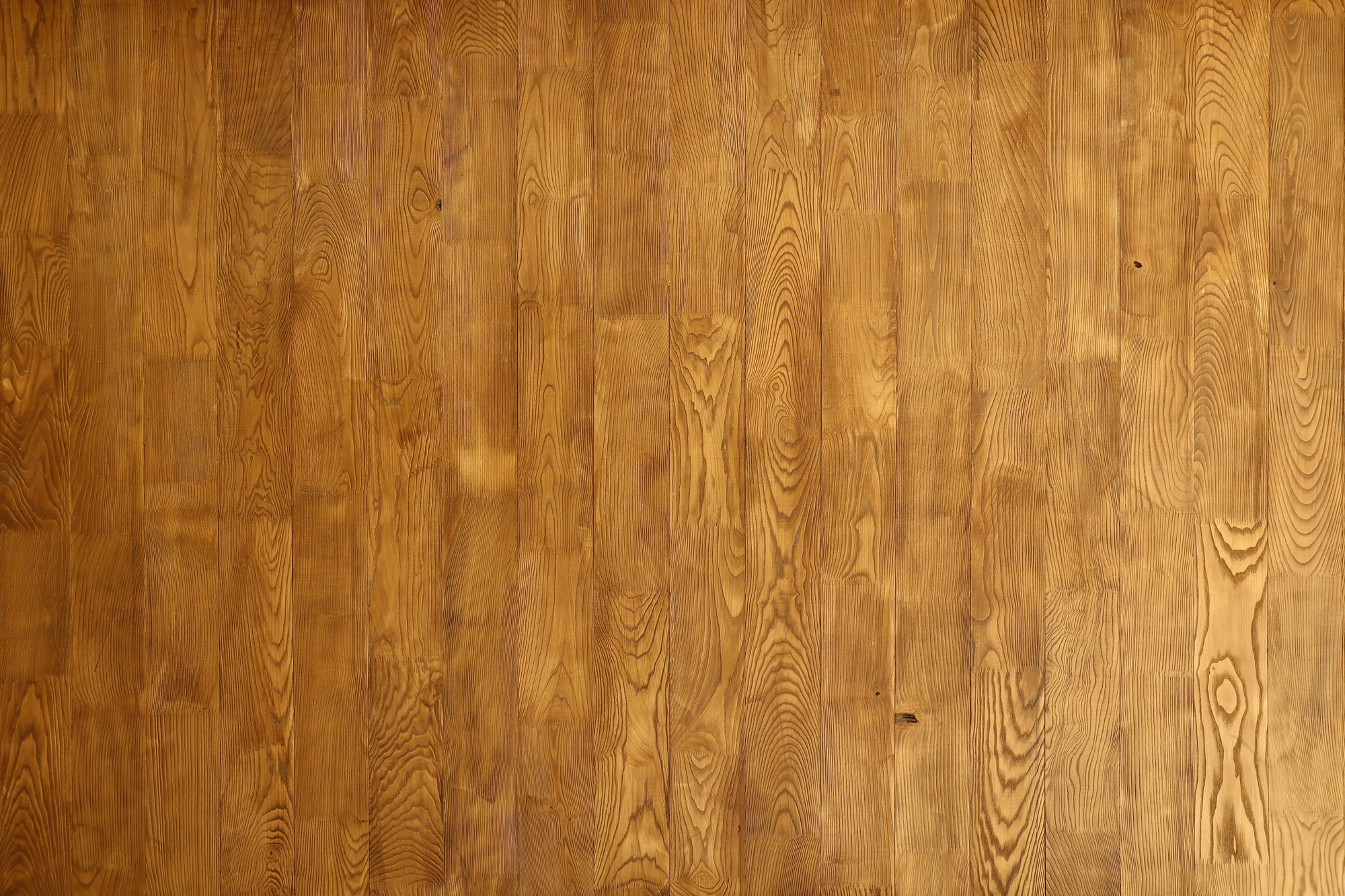As we become more aware of our environmental impact, sustainable living has become a priority. One area where this shift is especially evident is in furniture design. Sustainable furniture design focuses on using eco-friendly materials, reducing waste, and ensuring durability for long-term use. If you’re looking to create a stylish and environmentally-conscious living space, here are some sustainable furniture trends for modern homes.
Eco-Friendly Materials
Sustainability in furniture design begins with the materials used. Today, designers are choosing eco-friendly materials such as bamboo, reclaimed wood, and recycled metal and plastic. These materials not only reduce the environmental impact but also create unique and beautiful pieces that can add character to your home. Bamboo, for example, is a fast-growing, renewable resource that is increasingly used in furniture making.
Minimalist Designs
Minimalism is not only a design trend but also an eco-conscious approach to furniture. By focusing on simple, functional designs, you reduce the amount of material needed and avoid unnecessary embellishments. This approach promotes the use of high-quality materials that will last longer, contributing to a reduction in waste over time. The clean lines of minimalist furniture also suit a wide range of home styles, from modern to industrial.
Upcycled and Recycled Furniture
Upcycling and recycling are key components of sustainable design. Designers are increasingly creating furniture from salvaged materials such as old wood, metal, or even fabrics. By reimagining discarded items, upcycled furniture offers a unique and sustainable alternative to new products. Plus, each piece tells a story and adds a sense of individuality to your space.
Energy-Efficient Production
Another trend in sustainable furniture design is energy-efficient production. Manufacturers are adopting techniques that reduce energy consumption during the production process. From using renewable energy sources to optimizing factory operations, these innovations help lower the carbon footprint of furniture production.
Conclusion
Sustainable furniture design is about more than just being eco-friendly—it’s about creating timeless pieces that blend functionality with style. By embracing materials like bamboo, reclaimed wood, and recycled items, as well as supporting minimalist designs and energy-efficient production, you can create a modern home that is both beautiful and responsible.

